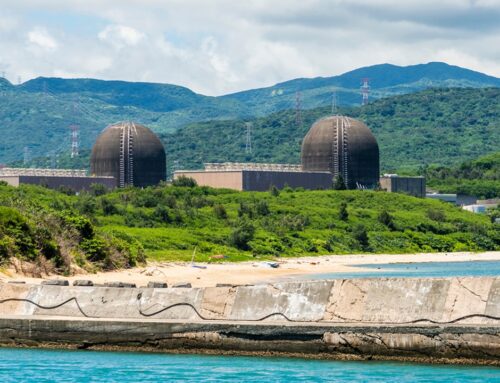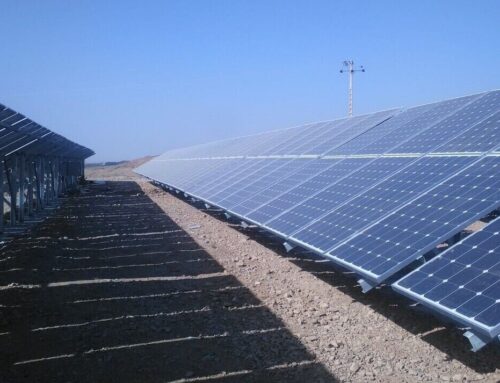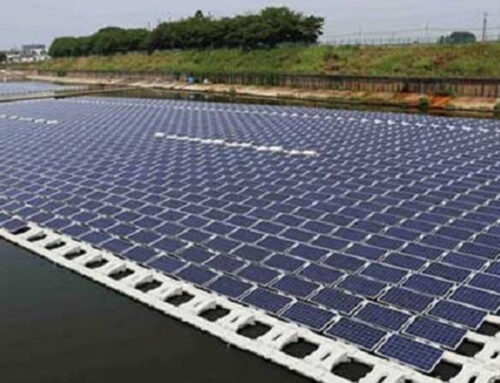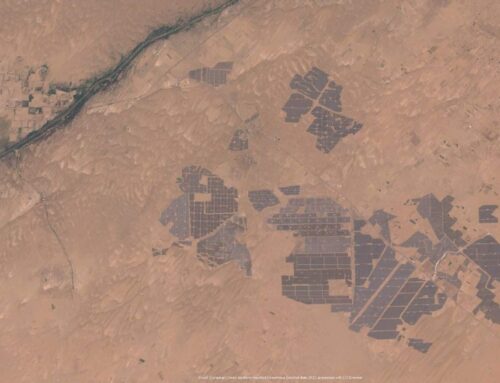Overcoming NIMBY challenges in solar
January 2, 2025
Across the United States, the rise in solar project proposals has met growing resistance from communities expressing “Not in My Backyard” (NIMBY) concerns. Researchers at Columbia University track local bans on renewable energy projects. In the last year alone, there has been a 111% increase in state bans, a 16% increase in local bans and a 29% increase in contested projects. These objections often stem from disinformation about renewable energy projects and skepticism about economic benefits.
However, successful partnerships between engineering, procurement and construction (EPC) companies and solar developers pave a pathway to overcoming these challenges. Partnerships reveal how aligning community education, local workforce initiatives and sustainable land practices can turn community apprehension into support.
EPC-developer partnerships: Building bridges to community

McCarthy’s Renewable Energy & Storage team pack and deliver truckloads of food to local food banks, responding to the needs of communities near solar construction projects. McCarthy Building Companies
Effective collaboration between EPC firms and solar developers can profoundly impact community acceptance and cultivate support for solar projects. EPC firms bring expertise in project management, design, construction, revegetation and soil management as well as workforce development and community engagement. Developers specialize in securing land and project financing, along with community and government relations. Together, they create a powerful team to address community concerns, convey economic benefits and ensure that solar projects align with local values.
Given the growing NIMBY trend, it is critical for EPC-developer teams to coordinate efforts and work with the communities in which they build. McCarthy collaborates with developer partners to create community-specific outreach plans for projects, which include initiatives such as community forums, tours, community partnerships and detailed project informational materials that answer common questions.
In addition to meetings with community leaders and local authorities, it is a best practice to host community forums very early-on where the EPC-developer team can educate and inform the community about solar projects, answer questions, listen to and respond to concerns while getting to know its members and explain how a project aligns with local values. These are also excellent venues for explaining safety measures, job opportunities and environmental safeguards, such as revegetation and stormwater management plans.
Community forums have proven effective for correcting disinformation as well as allowing for site plan adjustments, when appropriate, to accommodate community requests. For example, community meetings have resulted in McCarthy modifying site plans to provide for wildlife migration corridors; incorporating landscape perimeters that shield the arrays; fire safety training for first responders; and engaging the local workforce. This proactive approach helps more people to understand the value of solar projects and counters the myths that often fuel opposition.
Building economic resilience
Savvy developers see the benefit of partnering with EPCs to help resolve the community acceptance crisis, if for no other reason than EPCs bring jobs – a top selling point for any solar project. The way EPCs communicate about those jobs, how they hire and the economic benefits that jobs and tax revenue bring to communities can make or break a project getting permitted. Developers can no longer afford to pursue permits without the significant leverage an EPC can bring.
EPCs with strong strategic communications, hiring and training programs understand how to tap into community influencers and know how to engage the workforce in a way that gets the attention of local officials. For instance, McCarthy conducts extensive local outreach to recruit, hire and train people living in proximity to its solar projects. The firm’s training program is geared toward people of all levels of experience and has become a gateway for people interested in pursuing new career opportunities. By broadcasting these opportunities through local media, trade and business organizations and career fairs, McCarthy’s solar training program has helped to develop the firm’s workforce. Many who begin in solar construction find their way to also building schools, hospitals and other critical facilities.
The local workforce also provides valuable insight into local needs and concerns. It is a common practice for McCarthy to hire area residents for administrative positions on solar projects. As members of the community, they are excellent resources for connecting with area businesses, schools and community leaders and extending the impact of a project through food drives, holiday toy drives and career day events.

Embold Research
Establishing relationships with local businesses is another beneficial strategy. Whether hiring a local fencing company or a restaurant to cater onsite events, these actions support other local jobs and invite more community members to participate, learn and benefit from the solar industry.
Additionally, EPCs have been partnering with veterans’ organizations to aid in the hiring and training of U.S. veterans returning to civilian life. Veterans bring a range of technical and logistical skills well-suited to the demands of solar installation, and training programs offer these individuals a new, stable and meaningful career. Employing veterans resonates strongly with communities and others deeply connected to the military. Research indicates that local farmers, veterans and business owners are trusted information sources in rural communities and by engaging them, they become effective messengers to develop community support.
Addressing misconceptions about environmental impact
Another concern expressed by some NIMBYs centers around incorrect notions of environmental and safety risks of solar farms. The science is indisputable: solar panels are safe. Concerns about contaminants are rooted in disinformation.

Revegetation and topsoil preparation efforts begin in Nevada. McCarthy Building Companies
Solar panels are designed with durable, non-toxic materials, including glass, aluminum and silicon, which do not pose a risk to groundwater. Conveying this information to communities is essential for EPC-developer teams and helps alleviate environmental concerns. To achieve this, project teams can take various approaches, including tours, informational mailers, community discussions and other grassroots efforts.
Another common myth involves the disposal of solar panels at the end of their lifespan. While panels have a life expectancy of 25 to 30 years, panel manufacturers and the industry have proactively established comprehensive recycling programs. Companies like First Solar operate recycling facilities that recover over 90% of the materials used in solar panels, including glass and semiconductors, which can be used to manufacture new panels. Additionally, the Solar Energy Industries Association (SEIA) has implemented a national recycling program, working with industry partners to provide responsible, effective disposal options.
Companies with a long history in the industry and a strong commitment to sustainability, like McCarthy, have streamlined the recycling process to ensure that damaged panels are recycled as opposed to being disposed of. These initiatives underscore the industry’s commitment to sustainability, countering the misconception that solar panels will become an environmental burden in the future.
Revegetation and land restoration: Beyond solar panels

Revegetation of native plants on a Texas solar project. McCarthy Building Companies
An often-overlooked benefit of solar projects is the potential for land restoration and revegetation. Solar farms are increasingly integrating sustainable land management practices that improve soil health, promote biodiversity and prevent erosion.
Developing and implementing an effective revegetation plan can have measurable economic benefits for the surrounding community. Healthier soil and enhanced biodiversity can improve agricultural yields on adjacent lands.
Revegetation plans are something that McCarthy horticulture experts initiate prior to construction. These plans include plantings that benefit pollinating insect and mammal species and include both vegetative and flowering species. Seed mixes, which are planted beneath and around solar arrays, are developed to address site-specific conditions and the unique solar construction challenges while also helping restore the soil, providing a habitat for pollinators and minimizing soil erosion.
These efforts not only mitigate the impact of solar installations, they also enhance the land and create a mutually beneficial relationship between renewable energy, farming and environmental preservation, which is particularly advantageous in rural areas.
Benefits that go beyond solar
Despite challenges posed by NIMBY attitudes, successful EPC-developer partnerships that prioritize community outreach have proven effective in addressing community concerns, dispelling myths and demonstrating the tangible benefits of solar projects. Solar energy can become a welcome addition to communities by not shying away from addressing each project’s NIMBY opposition and helping more people understand this vital industry.
In the end, successful solar projects go beyond generating clean energy — they are a key component of America’s diverse and reliable energy infrastructure, they help restore landscapes and they provide career opportunities in a burgeoning industry.
Search
RECENT PRESS RELEASES
Related Post




